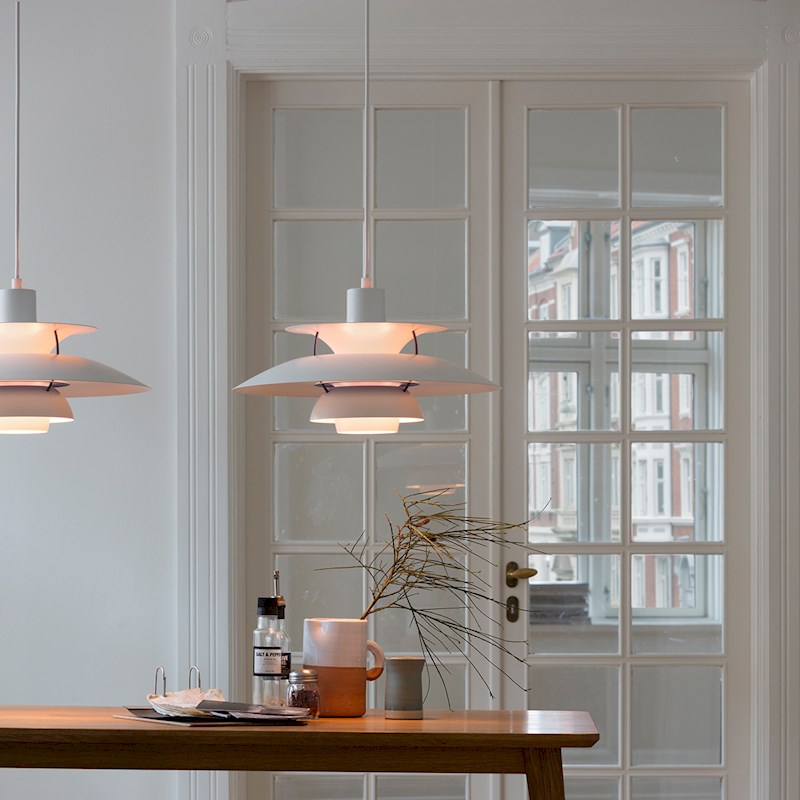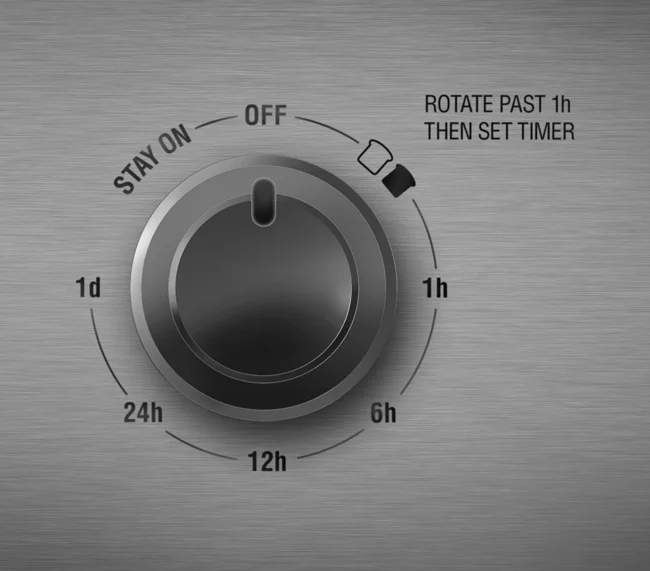I'm vetting contractors to replace the roof on our house. There are three companies under consideration. Here are some stark differences:
Company A
The estimator arrived at the house with a ladder, and performed a careful inspection of the roof.
The quotation was slow to get to me. It arrived in an envelope, more than a week later than promised. It is on a company quote-sheet, but scope of the project is all handwritten... in extremely neat handwriting. Important parts are carefully highlighted. Four different colors of highlighter are used. Four.
The quote details all of the important steps, including the use of a magnet in the lawn after all the work is complete, to ensure that no loose nails remain in the grass.
This company's quotation packet was thick, because it included four photocopied pages of customer testimonials. Sixteen of them. All glowing.
Company B
The estimator was friendly. He did not have a ladder. He looked carefully at the roof from ground-level, and explained that they use satellite images to calculate square footage.
This quotation arrived within days, via email. It was typed. The price was comparable to company A, but did not include the same level of detail, or the "if we need new sheeting here..." sorts of line-items.
Company C
They are working on a roof down the street from my house. I wrote down their number. The day they arrived at that house, they ambled out of their truck, and looked at the materials on the trailer, seeming to scratch their heads. Each of them had a coffee in hand.
One week later, the roof was not complete.
A week after that, another company's truck was there.
I never asked for a quote.
* * *
While satellite images and digital documents have a certain level of polish, careful, thorough work – even done using traditional tools and techniques – holds a lot more weight than the flashy stuff.














